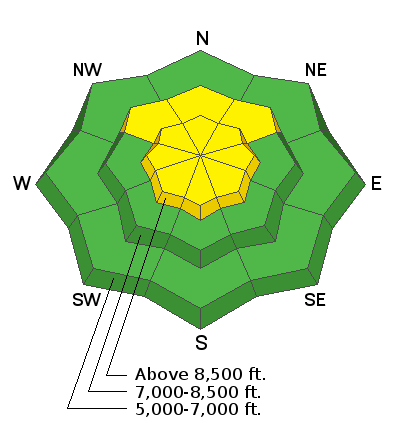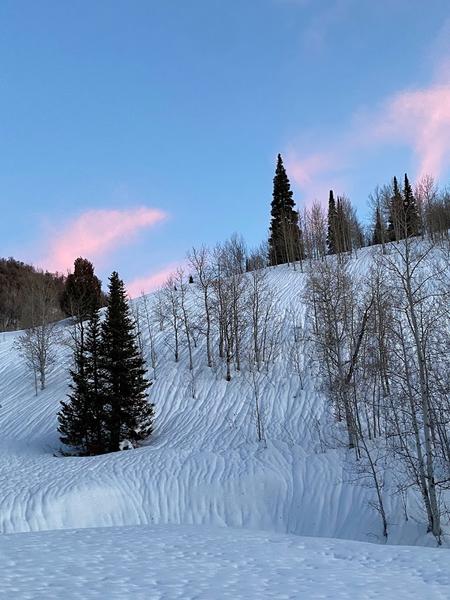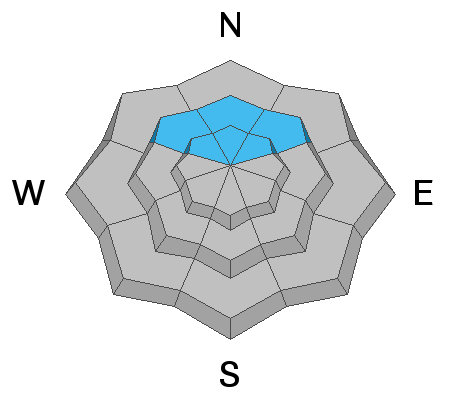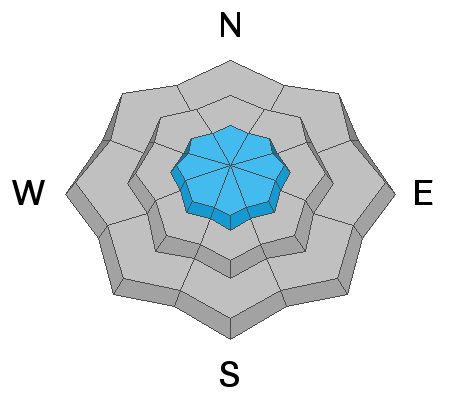Forecast for the Logan Area Mountains

Issued by Toby Weed on
Sunday morning, January 9, 2022
Sunday morning, January 9, 2022
Heightened avalanche conditions and MODERATE danger exist on drifted upper and mid elevation slopes. Last week, drifting and tons of heavy snow overloaded north facing slopes plagued by a deeply buried persistent weak layer, and people still might trigger dangerous avalanches breaking 4 to 6 feet deep on sugary faceted snow near the ground in steep terrain above about 8000' in elevation. Heightened conditions also exist in steep exposed terrain at upper elevations, where people could trigger avalanches of wind drifted snow or cornice falls on drifted slopes facing any direction.
- Evaluate snow and terrain carefully, and make conservative decisions.

Low
Moderate
Considerable
High
Extreme
Learn how to read the forecast here










